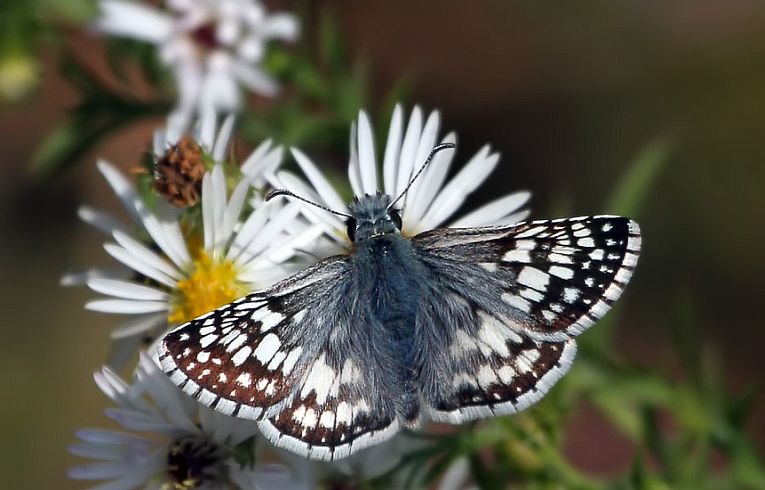The link has been established before. When we reduce pests with most insecticides, they discriminate too little between friend and foe. We can’t always see butterflies as friends because of the function of their caterpillars. However, as birds, reptiles and mammals rely on these insects and their relatives for food, what happens is simply Silent Spring,
all over again.
Northern California is agricultural although land use is changing and the climate here has altered considerably recently. 40 years of data have now been probed to separate the correlations between reduced butterfly population, change in land use and increasing use of neonicotinoid pesticides. These long term studies will elucidate problems in explaining our sorry state of wildlife, without bias, so let’s encourage more of them (for the next 40 years, too)
Prof. Matthew L. Forister of the University of Nevada and many colleagues from British Columbia and Toronto in Canada and several more southwestern US universities researched the data in Increasing neonicotinoid use and the declining butterfly fauna of lowland California.
. This paper is published by the Royal Society in its Biology Letters today.
Cumulative effects such as these human-induced stresses are one of the biggest ecological challenges we have. Run off in particular carries these stable and very water-soluble neonicotinoids to distant plants where they have been shown to have lethal and sub-lethal behavioural effects on many species of bee. Other insects must be considered because of their considerable role in the food webs we use (and many we don’t.) Vertebrates and invertebrates alike were affected in this richly-documented Dutch study, with relatively small concentrations of the named neonicotinoids!
The rich butterfly populations of Northern California made it a biodiversity hot-spot. Low altitude populations have been in decline since the late 1990s, with no correlation with either recent temperature changes or the alteration in the use of land. Neonicotinoid use however, began in 1995.
Butterfly species with a negative association with the pesticide experienced the most severe declines, but were also smaller bodied and had fewer generations each year. If this were extended to other insects, the whole production of (natural) biomass for a year could be very much lowered by neonicotinoids. The European situation mirrored this in a previous paper, while moth species that are agricultural pests have also been recorded having such negative responses.
The biggest worry is bats and birds, that feed extensively on these insects, but we must also consider where that run-off is going. Every fish in the water, every marine species liable to be affected, they all must be considered before we have yet another great pollution scandal- or we lose our fruit orchard crop - or butterflies simply disappear. So much for that biodiversity hot-spot!
Another, British, study has also just been published in Nature Communications,that pretty much agrees with the conclusions from this Californian study but for the all-important wild bee species . It can be found as Impacts of neonicotinoid use on long-term population changes in wild bees in England.










